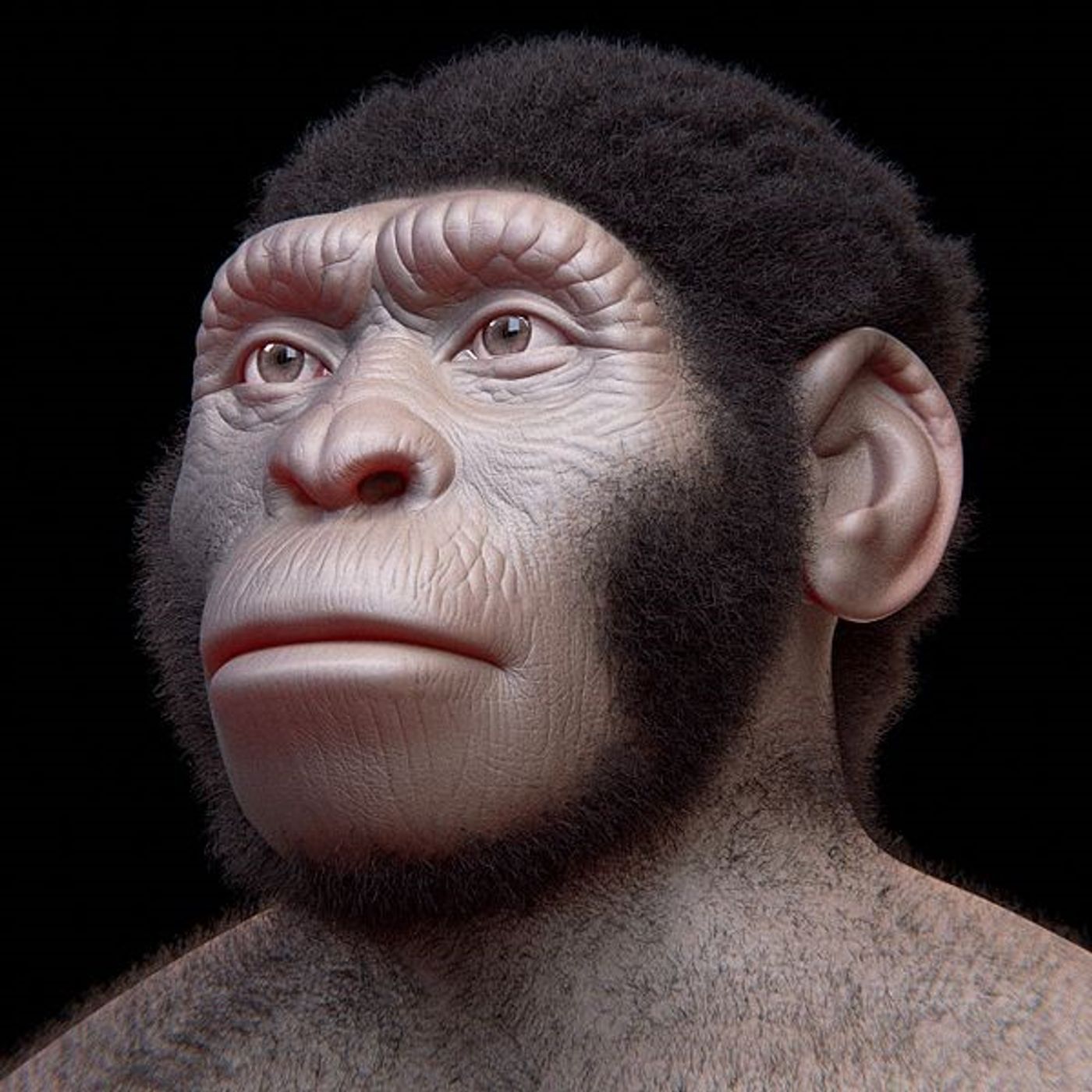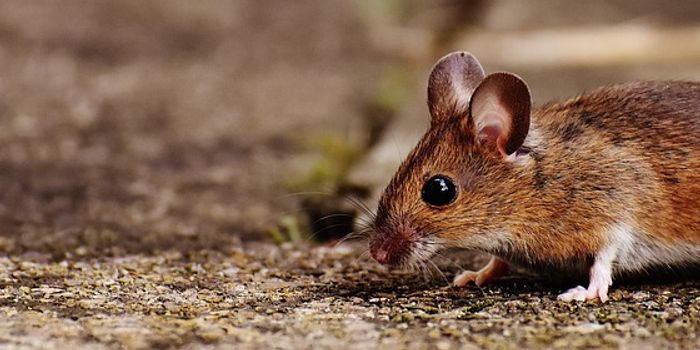Meet Leti, a fossilized Homo naledi child skeleton
On November 4th, the discovery of “Leti,” a child fossil likely belonging to the extinct species of Homo naledi was announced. Leti, named after the Setswana word “letimela” meaning “the lost one,” was a child, likely aged between 4 and 6 years old at the time of their death. Their fossilized remains include 28 skull fragments and six teeth, which were reconstructed by a team of experts led by Professor Lee Berger from the University of Witwatersrand in Johannesburg, South Africa.
Homo naledi is a relatively new species to paleoanthropologists; the first remains were discovered in 2013 and announced in 2015. The fossils were discovered in the Dinaledi Chamber in the Rising Star Cave system in the Cradle of Humankind, South Africa. The discovery of these fossils was remarkable for several reasons, though the biggest was the remote location of the fossils 98 feet underground. The team who recovered the fossils came to be known as the Underground Astronauts, due to the extremely tight spaces they needed to crawl through to access the fossil chamber. The so-called Underground Astronauts ultimately recovered 1550 specimens, which were brought to a team of paleoanthropologists working outside the cave who determined that at least 15 individuals were represented in the fossils.
The suite of traits identified led researchers to classify these fossils as a new species called Homo naledi, named after the Sotho word for “star.” The H. naledi skull size suggests that their brain anatomy may have been similar to other Homo species and thus have an equitable cognitive complexity. Additionally, while they were adapted to climbing in trees, they also likely walked on two legs.
Since 2013, excavations have continued in the Rising Star Cave system and subsequent announcements of new fossils have been made. This latest discovery, however, is particularly unique because the fossil was a child. Fossils belonging to infants and children are especially rare in the paleoanthropological record due to the particularly fragile nature of their bones, and therefore not much is known about the growth and development of human ancestors. From the reconstructed skull, researchers estimate that Leti’s brain was 90-95% the size of an adult brain. While many questions about Leti remain—such as the sex of the child and how their remains came to be in the cave—the fossils will undoubtedly help us to better understand the evolution of human growth and development.
Sources: The University of Witwatersrand news, eLife (Berger et al., 2015), eLife (Dirks et al., 2017), The Atlantic, The Guardian, eLife (Hawks et al., 2017)









